"Photos for passport" and "Lilies" by Alexander Chekhnev
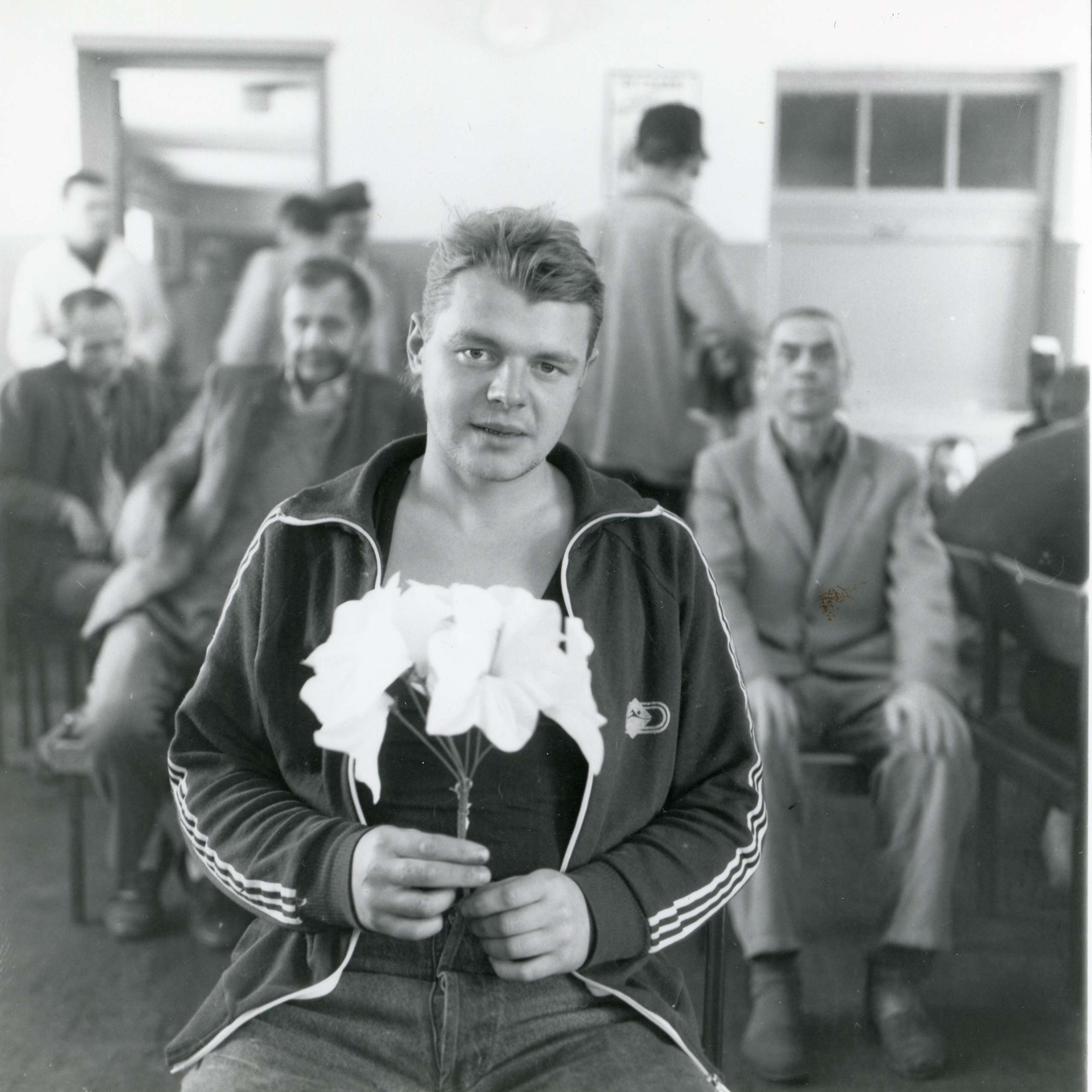
Alexander Chekemynev, a photojournalist "of flesh and blood," has made a breakthrough into the canon of Ukrainian "high" photography. At the same time, it is worth noting that as the author of several large-scale, impressive photographic projects, he did not fall victim to the "disease of the 20th century," as design thinking in photography is sometimes referred to.
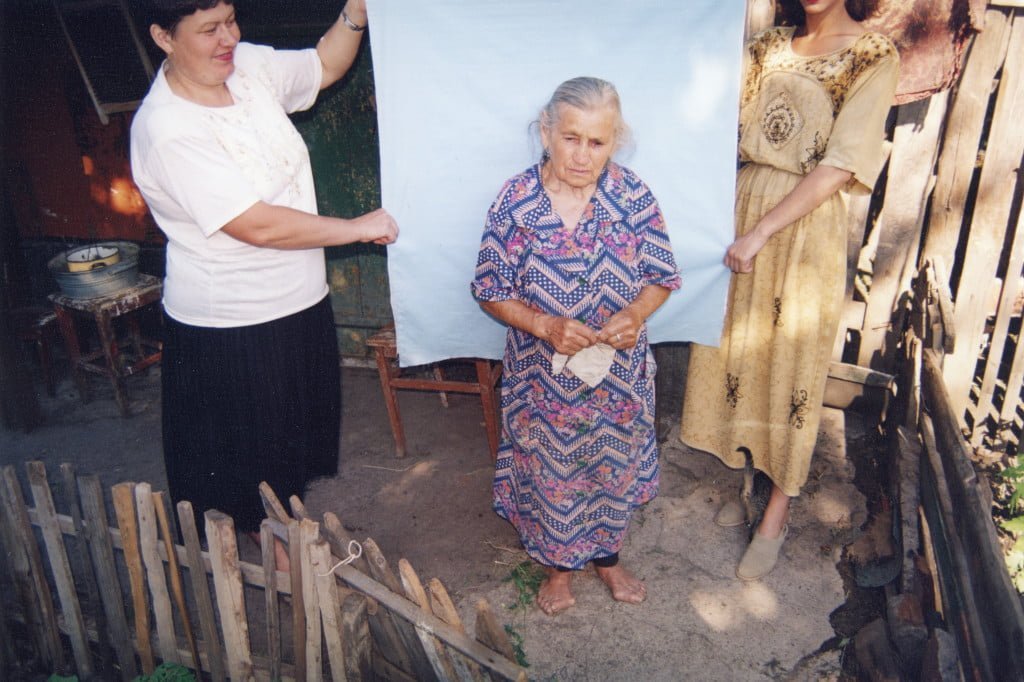
One art student noted that for some time now artists have been doing projects rather than creating them. Many photographers have recently succumbed to the infection of this virus. Instead of living photography, capturing fleeting moments in the heat of the moment, they limit themselves to processing photographic material in such a way as to give it the trait of grandeur and impermanence.
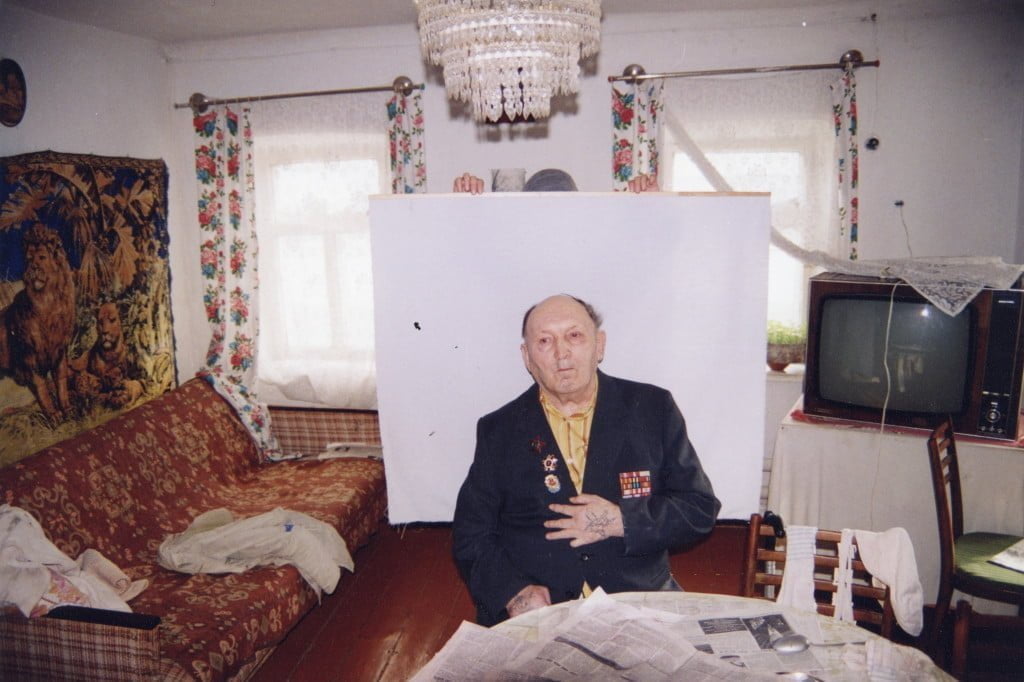
The career path of Cheremenev, a documentary photographer, runs straight and is rich in successes, something that cannot be said of Cheremenev's life path as a person. In order to credibly portray the dramatic situation of the poorest residents of the Ukrainian province, the cinematographer immersed himself in the investigated environment. This tried-and-true reporter's way of photography carries certain risks. Therefore, something of the climate of a thriller is constantly present not only in Chekhov's works, but also in his life. This is how he worked in 1992-1999 on his first series of photographs of "people on the streets," the poor and the homeless: "Night Cafes," "Sauna," "Street Portraits," "Wheelchair Boarding School," "Easter," "Passport Photos," "Blind Children," "Opium," "Emergency Room," "Lilies," and "Orphanage. For example, realizing the series "Emergency Room", he accompanied doctors on duty in an ambulance resuscitation. These photos show the shaken faces of stress, helplessness in the face of the problem of death, surprising even ninety-year-olds suddenly, equally baffling the main characters, their loved ones, nurses on duty at the bedside, and sometimes even the killers.
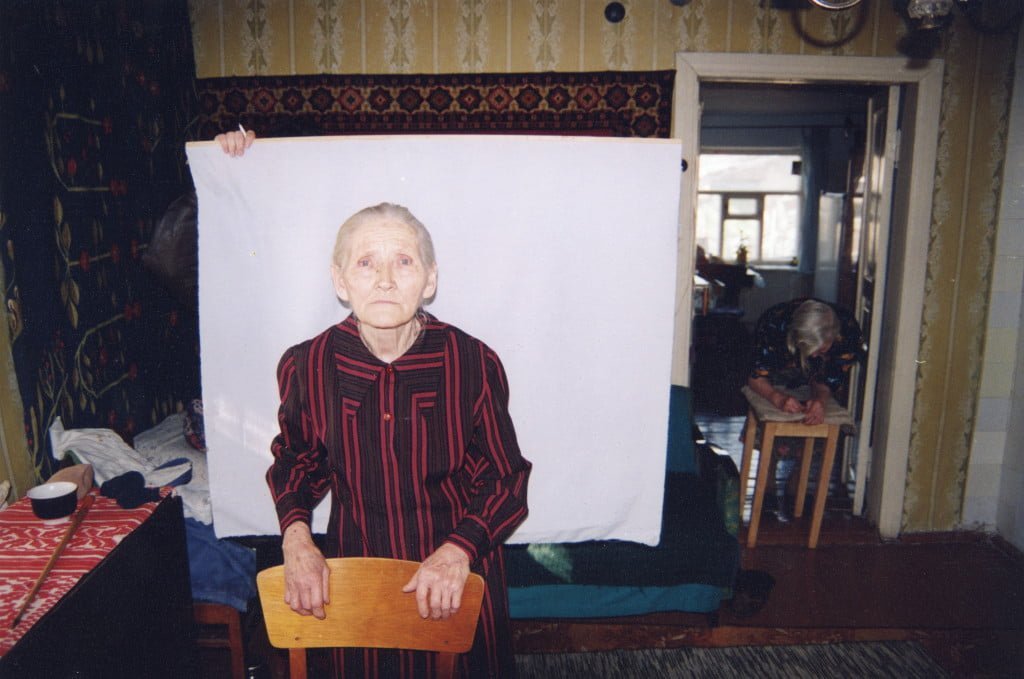
A reporter's passion brought the photographer to the most wronged and humiliated. A thousand photos of pensioners with nothing to pay for photos for proof are the result of Alexander Chekmenev's work in social service to help the needy. Along with milk and bread, a photographer came to them. However, he took two photos: one for them and one for himself, or more precisely, for us. In these color photographs, poverty presents its surprisingly bright face. No one would even guess that the attributes of a miserable existence could shimmer with so many colors. After all, in the paintings of the classics, poverty always has the same noble gray color. Here, on the other hand, the screaming red roses on the embroidered tapestries and homemade or bought kilims, the trash arranged in an expressive pattern, and even the bright covering of a coffin rigged during inflation and placed somewhere in a corner, collectively build up an image of life, real life, which struggles against misery and death.
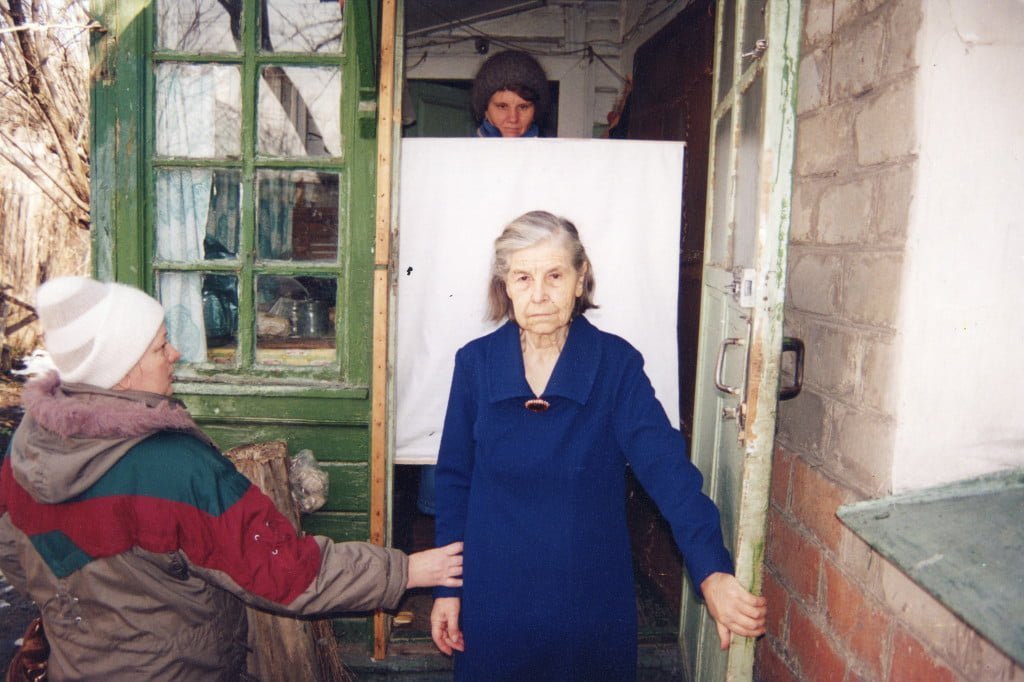
The small white screen serving as a backdrop ceases to be a prop and becomes a kind of painting in itself. The white "Malevich square" highlights and emphasizes the tormented grimace of old age in complex facial expressions. Moving from photo to photo, the square takes on the characteristics of a manuscript. The screen is held by people, looking (in their mind - out of frame) into the lens. The goodness emanating from the "out of frame" characters, who don't care about pose, very sincere and human, gives the photographs a new meaning. It is not the helpless old men with their poverty and coffins, but precisely those standing by and helping them in a concrete, tangible way, that constitute the power of the impact of this series of photographs. Human misery - a problem as old as photojournalism itself, but looking at it - completely new.

And the second series, named by the author "Lilies" (1991), because the lilies really were. It's about paper flowers that the photographer gave to the patients of a mental hospital posing for him. Czekmieniew tells us that he also brought them candy and cigarettes. But there was apparently something else in his dealings with these people that made them smile for a moment on their faces tainted by mental illness. Thanks to the smile, many of the patients look completely normal in the photo. Doctors say that one patient's encounter with the photographer helped her recover from chronic depression.
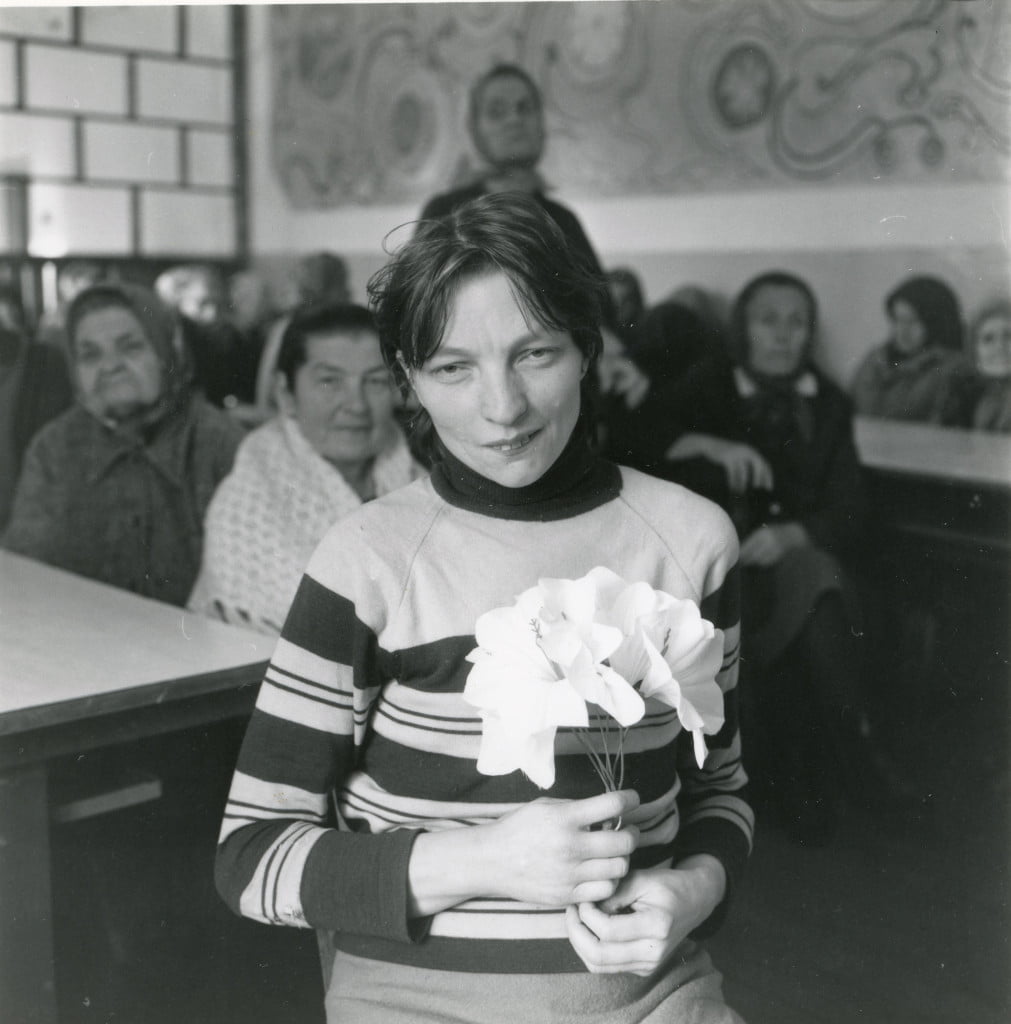
Lilies, from ancient times, symbolize the Good News that Gabriel brought to the Virgin Mary. And although they are not mentioned in the texts of Scripture, since the Renaissance, these flowers have accompanied the theme of the Annunciation of the Blessed Virgin Mary. Perhaps folk culture assimilates elements of high culture in this way? Lilies played a special role in Czekmieniewo's photographs. Their artificiality (falsity) and primitivism (naivety) have a peculiar sense here. Czekmieniew's flowers bring to mind the Funeral Home, lilies on a grave without a cross, and if one takes this game of associations a step further, the imagination is ready to suggest Van Gogh's irises and sunflowers. And with all this, the poor lilies in Czekmieniewo's pictures are still lilies with their Good Hope.

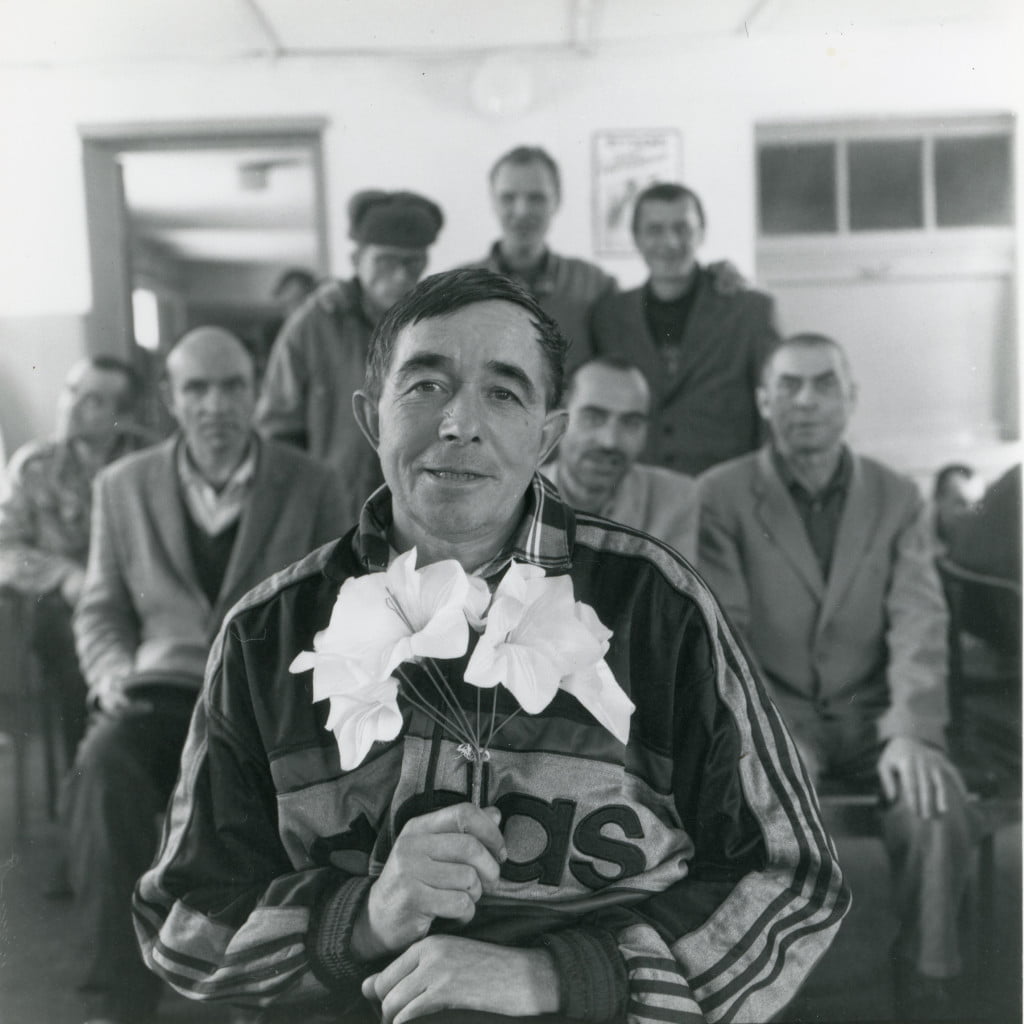
Tatiana Pavlova
Translation: Monika Witkowska
Alexander Chekhov Born in 1965 in Lugansk (Ukraine) He has been practicing photography since 1983. In 1990 he graduated in absentia from the Moscow University Press Photography Department. He received an honorable mention at the European Photography Contest in Vevey, Switzerland in 2000. He currently works as a photojournalist for the daily Vecherniye Vesti in Kiev.
Tatiana Pavlova, Ukrainian art historian, critic, independent curator. He teaches art history at the Art and Industrial Institute in Kharkiv.
The article appeared in No. 3 of "Fotografia Quarterly" in November 2000
Photographs from the series "Photos for Passport" and "Lilies" can be purchased in our Store and HERE

